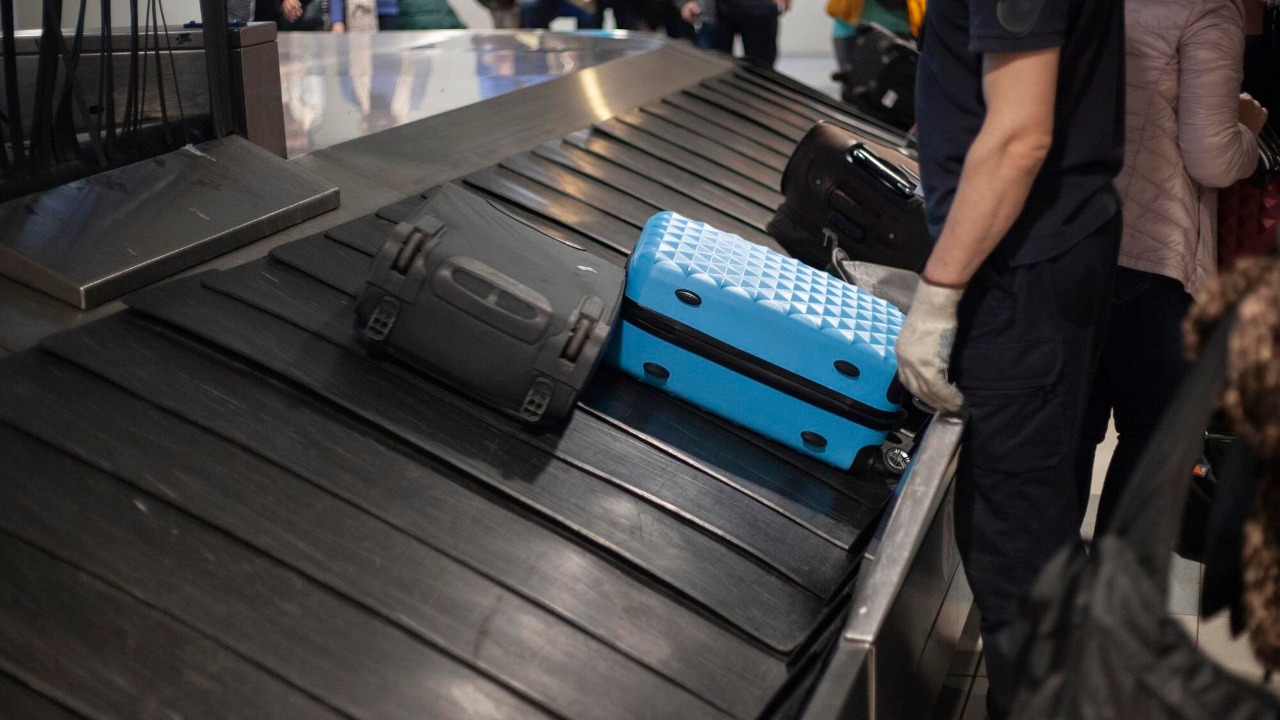
Ever wondered what the TSA’s bag scanners see when they scan your luggage? These scanners primarily use X-ray technology to produce images that differentiate between organic materials like clothing and denser items like electronics or metals. This technology reveals the contents of luggage without opening it. However, wrapping luggage in plastic or tying ribbons on suitcases can complicate the scanning process and potentially interfere with automated baggage handling.
How TSA Bag Scanners Operate
The TSA’s bag scanners employ dual-view X-ray systems that generate color-coded images. Organic materials appear orange, while metals show up as blue. This color differentiation, as explained in a Popular Science article, helps security personnel quickly identify the contents of a bag. The scanners rotate around luggage to capture multiple angles, ensuring comprehensive visibility without physical unpacking.
Furthermore, newer installations are equipped with computed tomography (CT) scanners. These advanced machines provide 3D reconstructions of luggage contents, significantly enhancing threat detection capabilities.
Visual Output from Bag Scans
Scanners display layered views that separate overlapping items, allowing officers to identify shapes like liquids or weapons. Denser inorganic items appear in darker shades, highlighting potential anomalies. This visual output helps security personnel quickly identify potential threats without having to manually inspect each bag.
Everyday items like laptops or toiletries have distinct appearances on the scanner. For instance, a laptop might appear as a dense rectangular object, while a bottle of shampoo would show up as a less dense, irregularly shaped item.
Impact of Luggage Wrapping on Scanning
Contrary to popular belief, wrapping your luggage in plastic does not enhance security. In fact, it can obscure scanner views and potentially cause delays, as reported by Travel + Leisure. If the wrapping interferes with automated processes, it may even lead to manual inspections, further slowing down the screening process.
For better protection without scanning issues, travelers are advised to use sturdy locks. These locks provide a physical barrier against theft, while not interfering with the scanning process.
Banned Items in Checked Luggage
There are specific items that are prohibited in checked bags due to their potential risks. These include flammable liquids and certain tools, as compiled in a Reader’s Digest overview. These items pose risks due to their potential for fire hazards or use as weapons, which are easily revealed by scanners.
Travelers are advised to declare or ship restricted goods separately to avoid confiscation. Understanding these restrictions can help ensure a smooth and hassle-free security screening process.
Common Screening Triggers and Alarms
Dense or irregularly shaped items like batteries can trigger alerts for closer review. Similarly, prohibited configurations, such as excess liquids over 3.4 ounces, are flagged by scanners regardless of bag type. Clutter in bags can also mimic threats, leading to secondary checks.
Understanding these common triggers can help travelers pack more efficiently and avoid unnecessary delays during the screening process.
Expert Warnings on Luggage Accessories
Tying ribbons on suitcases is discouraged by TSA experts due to the risk of jamming conveyor belts, as reported by the Irish Star. Other accessories like bag tags or straps can also snag equipment during handling, potentially causing delays or damage.
For secure travel, compliant alternatives such as digital tracking devices are recommended. These devices can help you keep track of your luggage without interfering with the screening process.
Preparing Luggage for Efficient Scans
Proper packing strategies can minimize scanner confusion. For instance, separating electronics from other items can make it easier for scanners to identify potential threats. Avoiding wraps or ribbons can also streamline the process, as these can interfere with automated systems.
Before flying, it’s a good idea to review a pre-flight checklist to ensure compliance with scanner expectations. This can help ensure a smooth and hassle-free security screening process.
More from MorningOverview